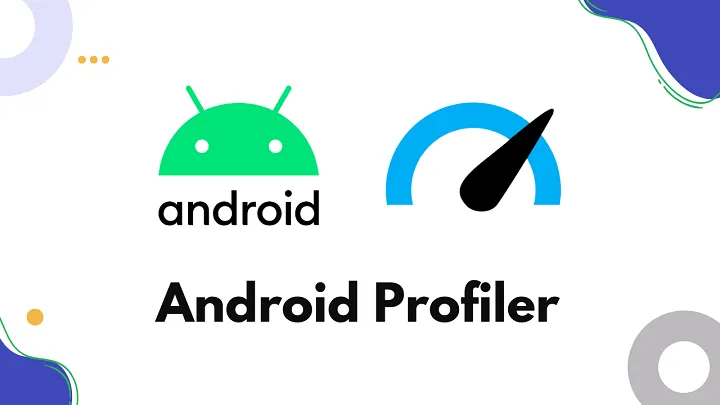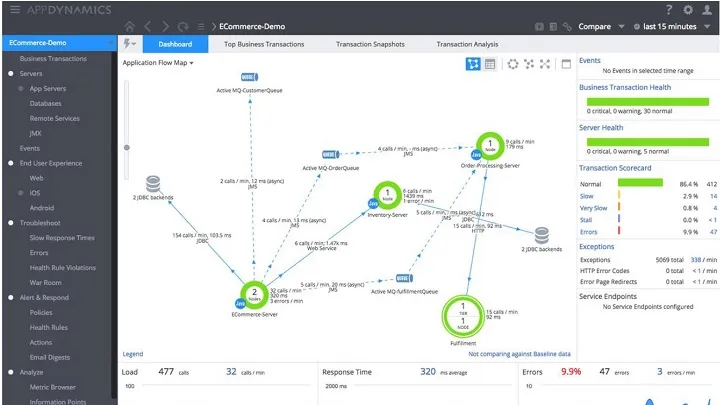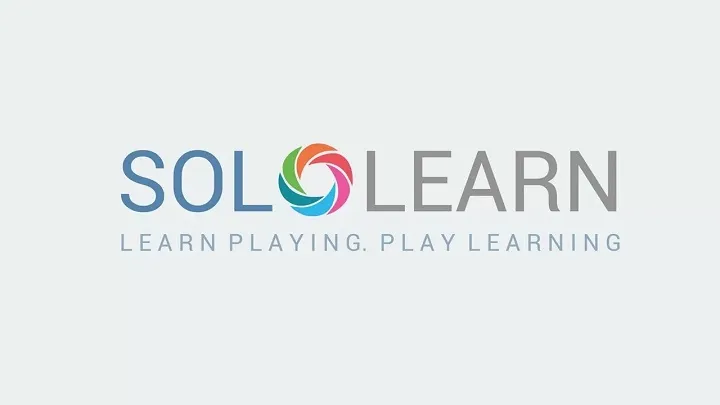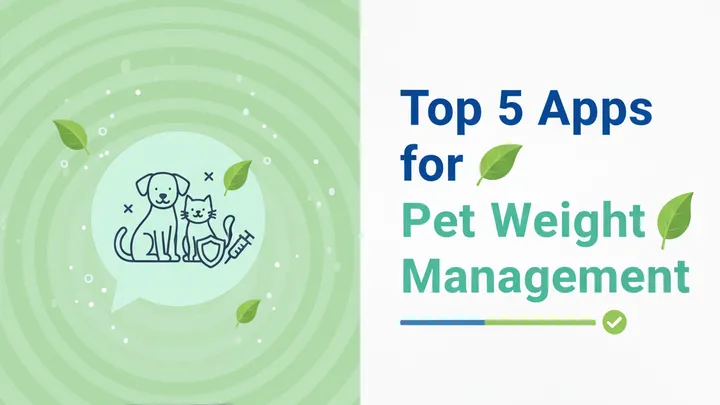Introduction
Mobile app performance profiling identifies bottlenecks in CPU usage, memory allocation, and rendering to ensure smooth user experiences, a critical practice in 2025's app economy where optimized apps retain 30% more users per Google studies, powering seamless experiences at companies like Spotify and Uber. Mobile apps make this learning hands-on with on-device tracers, visualizers, and tutorials, enabling leak hunts or frame rate analysis during development without a desktop suite. This review curates the top 10 apps for performance profiling education, selected from 2025 app store ratings, mobile dev forums, and insights from sources like Android Developers and Apple Developer. Each app details features, strengths, and weaknesses (as tailored paragraphs), with an overall evaluation without scores. From novices monitoring FPS to pros tuning garbage collection, these iOS- and Android-optimized platforms provide over 2000 words of profile-powered guidance to performance your apps anywhere.
1. Android Profiler

Overview: Google's Android Profiler app integrates CPU, memory, and network profiling for Android apps, teaching sampling and allocation tracking through interactive sessions.
Strengths: On-device tracing captures method calls and heap dumps without root, with visual timelines for flame graphs and memory graphs. Free with offline analysis, tutorials guide from baseline to optimized builds. Integrates with Android Studio for hybrid use, supports ART tracing. Community examples for game profiling.
Weaknesses: Android-only, no iOS, mobile UI crams detailed graphs. Requires developer options enabled, steep for absolute beginners. Focused runtime, light on build-time.
Overall Evaluation: Android Profiler traces performance natively, ideal Android devs, though platform lock narrows.
2. Instruments by Apple
Overview: Apple's Instruments app profiles iOS apps for time, memory, and energy, with templates for leaks and allocations.
Strengths: Template library covers Core Animation tracing, free with offline captures. Visual instruments graph FPS drops, tutorials from Time Profiler to Allocations. Supports SwiftUI previews, community shares custom instruments.
Weaknesses: iOS/Mac-tied, no Android, setup needs Xcode. Mobile viewer secondary to desktop. Light on network.
Overall Evaluation: Instruments instruments iOS performance deeply, suiting Apple ecosystem, but ties constrain.
3. Firebase Performance Monitoring
Overview: Firebase's app teaches cloud-based profiling for Android/iOS, tracking traces, metrics, and custom events.
Strengths: Automatic traces for network and screen renders, free tier 1M sessions/month. Offline dashboards, tutorials integrate with Crashlytics. Supports A/B testing perf, community guides for Flutter.
Weaknesses: Cloud-reliant, no offline capture. Mobile app viewer-only. Free limits advanced queries.
Overall Evaluation: Firebase monitors perf scalably, great Firebase users, offline light.
4. New Relic Mobile
Overview: New Relic's app profiles app performance with APM for crashes and ANRs, teaching error tracking and slow queries.
Strengths: Real-user monitoring segments sessions, free tier 100GB/month. Offline reports, tutorials custom attributes. Integrates Datadog, community benchmarks.
Weaknesses: Enterprise-priced, mobile supplementary. Focused errors over CPU.
Overall Evaluation: New Relic APMs mobile perf enterprise, pros ideal, cost scopes.
5. AppDynamics

Overview: AppDynamics' app teaches end-user monitoring for iOS/Android, with dashboards for bottlenecks and crashes.
Strengths: Code-level visibility maps calls, free trial with tutorials CI/CD. Offline viewing, supports React Native. Community case studies.
Weaknesses: High cost post-trial, mobile viewer. Enterprise tilt.
Overall Evaluation: AppDynamics maps perf code-deep, enterprise strong, cost barriers.
6. DataCamp
Overview: DataCamp's app teaches profiling in Python for mobile ML, covering memory profilers and tracebacks.
Strengths: Adaptive paths from heapq to line_profiler, free basics, $25/month premium projects. Offline downloads, certifications. Forums debug leaks.
Weaknesses: ML-focused, light native. Mobile editor lags.
Overall Evaluation: DataCamp builds profiling progressively, analysts ideal, native trails.
7. Coursera
Overview: Coursera's app hosts "Mobile App Performance" specializations, with quizzes and labs on Instruments/Android Profiler.
Strengths: Free audits, $49/month Plus certs via projects. Offline lectures, peer reviews. Sequences basics to advanced.
Weaknesses: Video-heavy, labs desktop. Free skips grading.
Overall Evaluation: Coursera academics profiling, credentials great, interactivity lags.
8. Udacity
Overview: Udacity's nanodegree app focuses on "Android Performance," teaching tracing with mentorship.
Strengths: Mentor reviews heap dumps, $399/month career services. Offline projects, sims FPS. Nano paths integrate Systrace.
Weaknesses: Price steep, app supplements. Assumes Android.
Overall Evaluation: Udacity mentors profiling pros, committed value, cost limits.
9. freeCodeCamp
Overview: freeCodeCamp's app embeds profiling in JS tracks, teaching Chrome DevTools for mobile web.
Strengths: Free ad-free 300+ hours, runners on leaks. Offline sections, certifications. Community reviews.
Weaknesses: Web-focused, skimps native. Basic challenges.
Overall Evaluation: freeCodeCamp frees profiling basics, self solid, native limited.
10. SoloLearn

Overview: SoloLearn gamifies profiling in JS/Python, quizzes on tools and playgrounds for prototypes.
Strengths: Free 20M+ shares, XP daily traces. Offline quizzes feedback. Bite blends fun.
Weaknesses: Introductory skips advanced, ads disrupt.
Overall Evaluation: SoloLearn energizes entry profiling socially, fun newbies, depth wanting.
Conclusion
Learning mobile app performance profiling on mobile optimizes 2025's user experiences, from e-com at Amazon to games at Epic, and these ten apps trace your ascent portably. Beginners freeCodeCamp tools or SoloLearn quizzes, pros Android Profiler natives or Instruments iOS. Standouts Firebase clouds, DataCamp ML but platforms or clouds stacks. As edge AI profiles rise, adapt. Trace daily, dump heaps, blend apps to performance empires that run responsive.

















